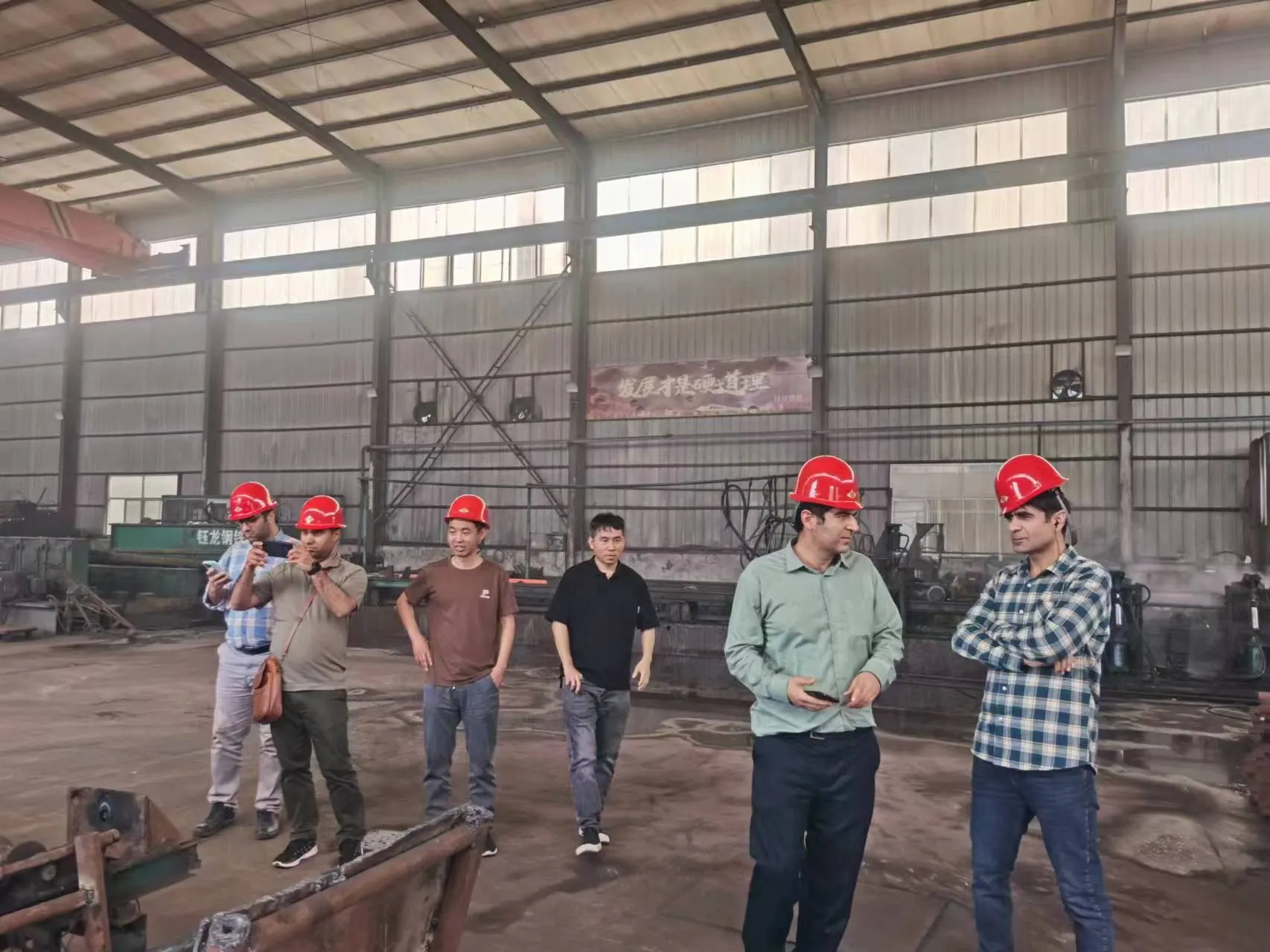-
Cangzhou Yulong Steel Co., Ltd.
-
Phone:
+86 13303177267 -
Email:
admin@ylsteelfittings.com
- English
- Arabic
- Italian
- Spanish
- Portuguese
- German
- kazakh
- Persian
- Greek
- French
- Russian
- Polish
- Thai
- Indonesian
- Vietnamese
- Zulu
- Korean
- Uzbek
- Hindi
- Serbian
- Malay
- Ukrainian
- Gujarati
- Haitian Creole
- hausa
- hawaiian
- Hebrew
- Miao
- Hungarian
- Icelandic
- igbo
- irish
- Japanese
- Javanese
- Kannada
- Khmer
- Rwandese
- Afrikaans
- Albanian
- Amharic
- Armenian
- Azerbaijani
- Basque
- Belarusian
- Bengali
- Bosnian
- Bulgarian
- Catalan
- Cebuano
- China
- China (Taiwan)
- Corsican
- Croatian
- Czech
- Danish
- Esperanto
- Estonian
- Finnish
- Frisian
- Galician
- Georgian
- Kurdish
- Kyrgyz
- Lao
- Latin
- Latvian
- Lithuanian
- Luxembourgish
- Macedonian
- Malgashi
- Malayalam
- Maltese
- Maori
- Marathi
- Mongolian
- Myanmar
- Nepali
- Norwegian
- Norwegian
- Occitan
- Pashto
- Dutch
- Punjabi
- Romanian
- Samoan
- Scottish Gaelic
- Sesotho
- Shona
- Sindhi
- Sinhala
- Slovak
- Slovenian
- Somali
- Sundanese
- Swahili
- Swedish
- Tagalog
- Tajik
- Tamil
- Tatar
- Telugu
- Turkish
- Turkmen
- Urdu
- Uighur
- Welsh
- Bantu
- Yiddish
- Yoruba

Dec . 10, 2024 10:41 Back to list
butt weld fittings
Understanding Butt Weld Fittings A Key Component in Piping Systems
Butt weld fittings are essential components in piping systems, widely used in industries such as oil and gas, water treatment, food processing, and chemical manufacturing. The primary function of these fittings is to connect sections of pipe via welding, thereby creating a strong and permanent bond that can withstand high pressure and temperature.
What Are Butt Weld Fittings?
Butt weld fittings are manufactured to connect two pieces of pipe at their ends, with the fitting itself being welded to both pipes. This type of fitting is designed to provide a seamless flow path for the material being transported, minimizing turbulence and potential blockages. Common types of butt weld fittings include elbows, tees, reducers, and caps.
Butt welds are often crafted from the same material as the pipes they are designed to connect, ensuring compatibility in terms of thermal expansion, corrosion rates, and mechanical strength. Stainless steel, carbon steel, and alloy materials are frequently used, with stainless steel being favored in environments where corrosion is a concern.
Advantages of Butt Weld Fittings
One of the main advantages of butt weld fittings is the strength of the joint created through welding. When properly executed, the weld becomes as strong as the pipes themselves. This characteristic is crucial in applications that involve high pressures, as it reduces the risk of leaks or failures within the system.
Another benefit is the reduction of turbulence within the system. Since butt weld fittings create a smooth transition between pipes, they allow for a continuous flow without sharp corners or edges that could disrupt the flow of materials. This characteristic is particularly important in systems that transport liquids or gases, where flow efficiency and pressure stability are critical.
Moreover, butt weld fittings offer a more aesthetically pleasing solution compared to other fitting types
. The welded joints are seamless and uniform, which can be an important consideration in visible installations, such as in architectural applications.butt weld fittings

Installation and Maintenance
Proper installation of butt weld fittings involves careful preparation of the pipe ends, which must be cut and beveled to ensure a good fit and a strong weld. Skilled welders typically perform the welding process, as it requires precision and adherence to safety standards. The welding technique also varies based on the material and the specific requirements of the piping system.
Regular maintenance of butt weld fittings is essential to ensure their longevity and reliability. Inspections may include checking for signs of wear, corrosion, or leakage. In high-stress environments, periodic non-destructive testing (NDT) methods, such as ultrasonic testing or radiographic examination, may be employed to assess the integrity of the welds.
Applications of Butt Weld Fittings
Butt weld fittings are used in a wide array of applications across various industries. In the oil and gas sector, they are critical in the construction of pipelines that transport crude oil and natural gas from production sites to processing facilities. In water treatment plants, butt weld fittings connect the pipes that carry treated water to distribution systems, ensuring that the flow remains uninterrupted and efficient.
In the food and beverage industry, where hygiene is paramount, butt weld fittings are favored for their smooth surfaces and ease of cleaning. They are commonly used in breweries and dairy processing plants to ensure that food products are transported safely and without contamination.
Conclusion
In summary, butt weld fittings play a vital role in the integrity and efficiency of piping systems across various industries. Their ability to create strong, seamless connections makes them an indispensable component in applications where reliability and performance are critical. As technology advances, the manufacturing and application of butt weld fittings continue to evolve, ensuring that they meet the growing demands of modern infrastructure and industrial processes. Understanding their characteristics, benefits, and applications is essential for engineers, project managers, and maintenance professionals aiming to design and maintain effective piping systems.
Latest news
-
ANSI 150P SS304 SO FLANGE
NewsFeb.14,2025
-
ASTM A333GR6 STEEL PIPE
NewsJan.20,2025
-
ANSI B16.5 WELDING NECK FLANGE
NewsJan.15,2026
-
ANSI B16.5 SLIP-ON FLANGE
NewsApr.19,2024
-
SABS 1123 FLANGE
NewsJan.15,2025
-
DIN86044 PLATE FLANGE
NewsApr.19,2024
-
DIN2527 BLIND FLANGE
NewsApr.12,2024
-
JIS B2311 Butt-Welding Fittings LR/SR 45°/90° /180°Seamless/Weld
NewsApr.23,2024











